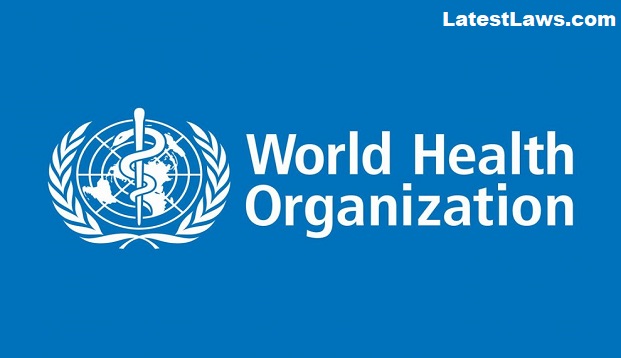Predatory marketing of junk food, sugary beverages, alcohol and tobacco products preys on children and must be regulated, said A Future for the World’s Children report by a commission of 40 global child and adolescent health experts by the World Health Organization (WHO), UNICEF and The Lancet.
No single country is adequately protecting children’s health, their environment and their futures. Among 180 countries surveyed, India ranks 131, mainly because of high infant mortality and poor child health. The ranking is based on the ability of a child to survive and thrive, and includes performances on health, education, and nutrition; sustainability, with a proxy for greenhouse gas emissions, and equity, or income gaps, among others.
“Evidence suggests that children in some countries see as many as 30,000 advertisements on television alone in a single year, while youth exposure to vaping (e-cigarettes) advertisements increased by more than 250% in the USA over two years, reaching more than 24 million young people,” the report reads.
Anthony Costello, one of the commission’s authors, says that industry self-regulation had failed. “Studies in Australia, Canada, Mexico, New Zealand and the USA — among many others — have shown that self-regulation has not hampered commercial ability to advertise to children. For example, despite industry signing up to self-regulation in Australia, children and adolescent viewers were still exposed to 51 million alcohol ads during just one year of televised football, cricket and rugby. And the reality could be much worse still: we have few facts and figures about the huge expansion of social media advertising and algorithms aimed at our children,” said Costello in a statement.
Dr Rajesh Sagar, professor, psychiatry, All India Institute of Medical Sciences, Delhi, said, “It does play a role in enticing children the way an ad is designed. All ads meant to target children use attractive props, cartoon characters, bright colours that entice young and impressionable minds. These are quite detrimental for children.”
Children’s exposure to commercial marketing of junk food and sugary beverages is associated with eating unhealthy foods, which leads to them being overweight and obese. According to the report, the number of obese children and adolescents increased from 11 million in 1975 to 124 million in 2016, an 11-fold increase. The report said excessive carbon emissions — disproportionately from wealthier countries — threaten the future of all children. If global warming exceeds 4°C by the year 2100 in line with current projections, this would lead to devastating health consequences for children due to rising ocean levels, heatwaves, proliferation of diseases like malaria and dengue, and malnutrition.
India has performed well on most environmental metrics and on the way to beating its 2030 emissions targets, on track to come in 32% under target — producing 1.84 CO2 tonnes per capita — versus the highest world emitters producing more than 20 tonnes per capita, says the report.
“One of the key concerns for me as an author of this commission is that we need to look at the issue of climate change from children’s point of view. How environmental degradation, such as air pollution, unclean water, etc, is impacting lives of children. It’s going to jeopardise the life of all children across the world,” said Sunita Narain, director-general of New Delhi-based think tank Centre for Science and Environment.
“It’s good to have sustainable development goals (SDGs) but so far these are just numbers; we need to give SDGs a human face, and that face is of a child irrespective of whether the child is white or black, or rich or poor. The purpose of ranking countries on the basis of per capita CO2 emissions is to build principles of equity,” she added.
The child survival index shows that children in Norway, the Republic of Korea, and the Netherlands have the best chance at survival and well-being, while children in Central African Republic, Chad, Somalia, Niger and Mali face the worst odds. India (131st), Pakistan (140th) and Bangladesh (143rd) fall within the bottom 50 countries worldwide when it comes to managing child health in the early years.
However, when authors consider per capita CO2 emissions, the top countries trail behind: Norway ranked 156, the Republic of Korea 166, and the Netherlands 160. Each of the three emits 210% more CO2 per capita than their 2030 target. The US, Australia, and Saudi Arabia are among the 10 worst emitters.
Source Link
Picture Source :


























